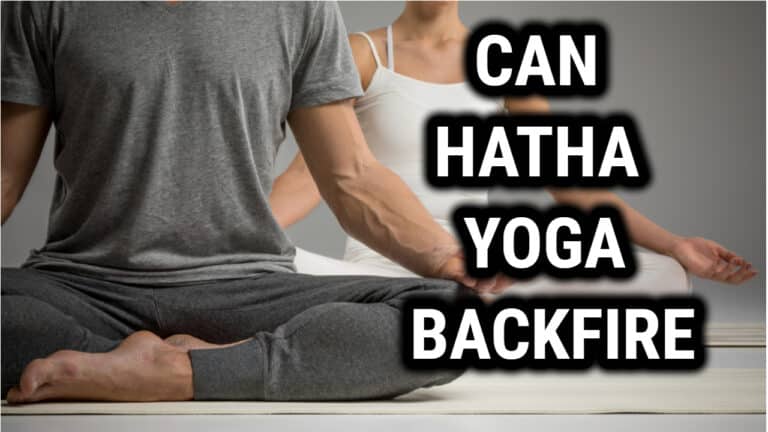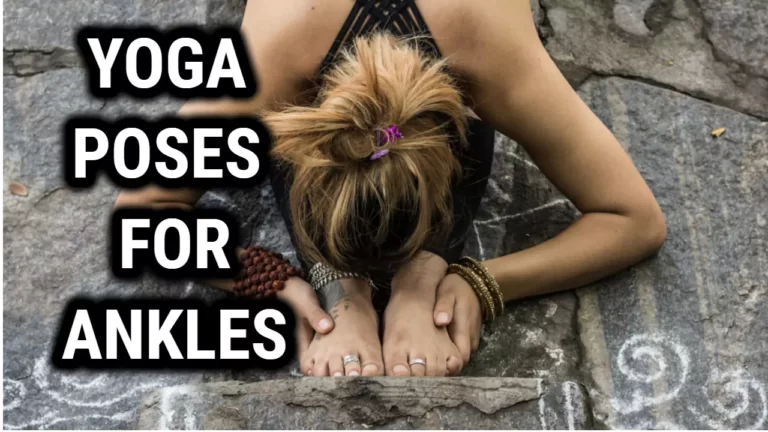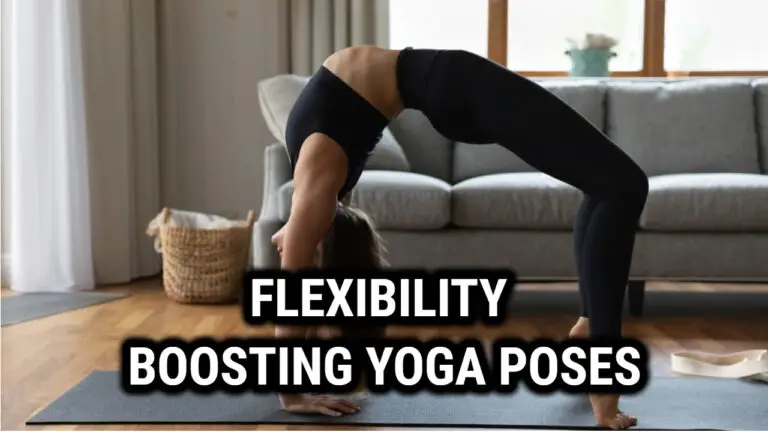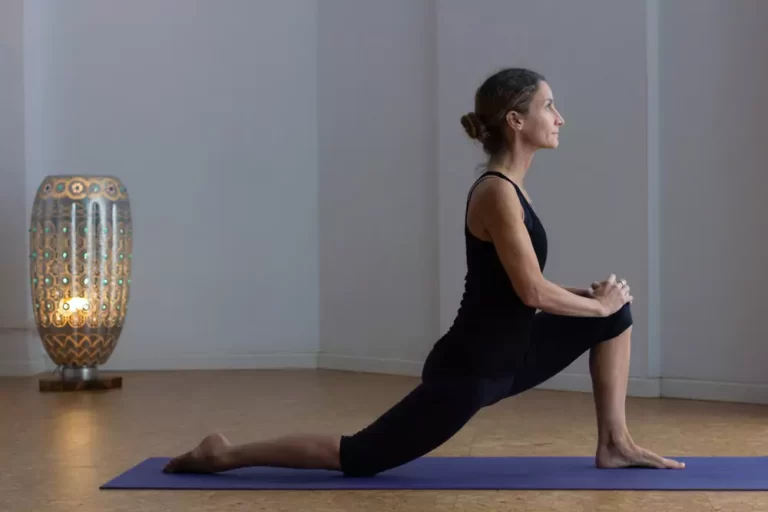Kneeling Yoga Poses: Improve Flexibility and Strengthen Your Body

Yoga is an ancient practice that has been used for centuries to promote physical and mental health. Many people are familiar with traditional standing poses, but fewer know about the benefits of kneeling yoga poses. Kneeling yoga postures can provide a great way to increase flexibility, strength, and balance in your body. In this article, we will explore the history of kneeling yoga poses as well as their benefits and how to safely practice them.
Kneeling yoga postures have been around for centuries and are found in many different styles of yoga. These poses require you to kneel on the ground while maintaining good posture and balance. The combination of stretching and strengthening movements helps to improve flexibility, release tension, build strength, and improve balance. Additionally, there are various variations of each pose so you can find one that fits your body’s needs best.
Kneeling yoga poses provide numerous physical benefits for those who practice them regularly. They help to stretch the hips, thighs, and lower back which can reduce pain and tension in these areas. Additionally, they help strengthen the core muscles which improves posture as well as balance throughout the entire body. These poses also help cultivate concentration and mindfulness which can lead to improved emotional wellbeing over time.
By now it should be clear why kneeling yoga poses are beneficial for both physical and mental health.
Benefits of Kneeling Yoga Poses
Kneeling yoga poses are an excellent way to improve flexibility, strength, and balance. They are also great for calming the mind and relieving stress. Here are some of the benefits of practicing kneeling yoga poses:
- Improves posture: Kneeling yoga poses help to align the spine and improve posture. They also strengthen the core muscles, which are important for maintaining good posture.
- Stretches the hips and thighs: Many kneeling yoga poses involve stretching the hips and thighs, which can be tight in people who sit for long periods of time. These stretches can help to increase flexibility and reduce pain and stiffness in these areas.
- Strengthens the legs: Kneeling yoga poses require a lot of strength in the legs, particularly in the quadriceps and glutes. Regular practice of these poses can help to build strength and endurance in these muscles.
- Calms the mind: Kneeling yoga poses are often used in restorative yoga practices, which are designed to calm the mind and reduce stress. These poses can be particularly helpful for people who suffer from anxiety or insomnia.
- Improves balance: Many kneeling yoga poses require a lot of balance and stability. Practicing these poses can help to improve balance and prevent falls, particularly in older adults.
Overall, kneeling yoga poses are a great addition to any yoga practice. They offer a wide range of physical and mental benefits and can be modified to suit any level of fitness or flexibility.
Types of Kneeling Yoga Poses
Kneeling yoga poses are an essential part of any yoga practice. These poses can help improve flexibility, balance, and stability. There are various types of kneeling yoga poses that target different parts of the body.
Here are some of the most common types of kneeling yoga poses:
Forward Bends
Forward bends are kneeling yoga poses that help stretch the back, hips, and hamstrings. They are also great for calming the mind and relieving stress. Some popular forward bend kneeling yoga poses include:
- Ardha Hanumanasana (Half Split Pose)
- Janu Sirsasana (Head-to-Knee Forward Bend)
- Balasana (Child’s Pose)
Backbends
Backbend kneeling yoga poses help strengthen the back muscles and improve posture. They also help open up the chest and stretch the hip flexors. Some popular backbend kneeling yoga poses include:
- Supta Virasana (Reclining Hero Pose)
- Ustrasana (Camel Pose)
- Anjaneyasana (Low Lunge Pose)
Twisting Poses
Twisting kneeling yoga poses help improve spinal mobility and digestion. They also help release tension in the back and hips. Some popular twisting kneeling yoga poses include:
- Parivrtta Uttana Shishosana (Revolved Extended Puppy Pose)
- Ardha Matsyendrasana (Half Lord of the Fishes Pose)
- Marichyasana III (Marichi’s Pose III)
Side Bends
Side bend kneeling yoga poses help stretch the sides of the body and improve breathing. They also help improve spinal mobility and posture. Some popular side bend kneeling yoga poses include:
- Side Plank Pose
- Parighasana (Gate Pose)
- Ardha Chandrasana (Half Moon Pose)
By incorporating these types of kneeling yoga poses into your yoga practice, you can improve your overall physical and mental wellbeing. Remember to always listen to your body and modify the poses as needed to avoid injury.
How to Perform Kneeling Yoga Poses Safely
Kneeling yoga poses are a great way to stretch and strengthen your lower body muscles while improving your overall flexibility. However, it is important to perform these poses safely to avoid any injuries or strains. Here are some tips to help you perform kneeling yoga poses safely:
- Start slow: If you are new to yoga or have not practiced kneeling poses before, start slow and gradually increase the intensity and duration of your practice.
- Warm-up: Before starting any kneeling pose, it is essential to warm-up your muscles. You can do some light stretching or practice some gentle yoga poses to prepare your body for the kneeling poses.
- Use props: Props such as blocks, blankets, or straps can help you perform kneeling poses safely and comfortably. For example, you can use a block or blanket under your knees to reduce the pressure on your joints.
- Listen to your body: Pay attention to your body and do not force yourself into a pose that feels uncomfortable or painful. If you experience any discomfort or pain, come out of the pose immediately.
- Breathe: Breathing is an essential part of yoga practice. Inhale and exhale deeply while performing kneeling poses to help relax your body and increase your flexibility.
Remember to consult with your doctor or a certified yoga instructor if you have any health concerns or injuries before starting a yoga practice. With these safety tips in mind, you can enjoy the benefits of kneeling yoga poses while keeping your body safe and healthy.
Also Read: What Are Backbend Yoga Poses
Precautions to Keep in Mind
Kneeling yoga poses can be beneficial for stretching and strengthening the body, but it is important to keep certain precautions in mind to avoid injury. Here are some precautions that yoga teachers and students should keep in mind while practicing kneeling yoga poses:
| Precaution | Description |
| Injury and Surgery | People who have had knee injuries or surgeries should avoid kneeling yoga poses or perform them with modifications. It is important to listen to your body and avoid any movements that cause pain or discomfort. |
| Knee Alignment | Proper knee alignment is crucial in kneeling yoga poses to prevent knee pain and injury. The knee should be directly over the ankle and not extend past the toes. Yoga teachers should provide proper alignment cues to their students. |
| Props | Using props such as blankets, blocks, or bolsters can help support the body and prevent unnecessary strain on the knees. Students should use props as needed and not push themselves beyond their limits. |
It is also important to warm up the body before practicing kneeling yoga poses. This can be done with gentle movements such as cat-cow stretches or seated forward folds. Additionally, students should avoid holding kneeling poses for extended periods of time and should take breaks as needed.
By keeping these precautions in mind, students can safely and effectively practice kneeling yoga poses and reap their many benefits.
Takeaways
Yoga pose modifications, posture variations, and the use of props can help make kneeling yoga postures even more accessible to all levels of practitioners. Modifications such as using wall support, chairs or blocks can help create stability and make the poses more comfortable. Utilizing props like straps, blankets or bolsters is also beneficial for those who may not be able to reach certain postures due to limited flexibility or other physical restrictions.
When practicing kneeling yoga poses, safety should always be the primary focus. To avoid possible injuries, it’s important to listen to your body and move slowly into each pose. Keep in mind that it’s never too late to modify a pose if needed so that you can get the most out of your practice while staying safe at the same time.
Related Read: Yoga Balance Poses To Improve Your Stability And Core Strength
Conclusion
There are numerous kneeling yoga poses that can be incorporated into your yoga practice. These poses offer a range of benefits, including improved flexibility, balance, and strength. Additionally, kneeling poses can help to alleviate knee pain and improve overall joint health.
Some of the most popular kneeling poses include Child’s Pose, Camel Pose, and Hero Pose. Each of these poses offers unique benefits and can be modified to suit your individual needs and abilities.
When practicing kneeling poses, it is important to listen to your body and avoid pushing yourself too far. Always use props, such as blankets or blocks, to support your body and make the poses more accessible.
Incorporating kneeling poses into your yoga practice can be a great way to improve your physical and mental well-being. With the right modifications and guidance, anyone can enjoy the benefits of these powerful poses.





